MOVING AROUND
Jamaica is 248 kilometers in length and 80 kilometers in width at its widest point. While it may not be a huge island, the state of the traffic infrastructure with its many winding and potholed roads means that you're not going from A to B as fast as you're probably used to. It pays off to get familiar with the island's means of transportation presented here. Explore your surroundings on foot, take a route taxi to the village next door, hop in a coaster bus for longer distances and fast track around the island with the Knutsford Express. Important to know is that Jamaicans are all experts when it comes to buses and taxis so ask around for travel advice.
WALKING
Jamaicans aren't the biggest fans of walking and prefer public transport or taxis. But as a budget conscious reggae tourist, you will be using the ten toe turbo quite a lot. Besides, walking is the best way to discover new surroundings, meet new people and find out where you can eat, drink, shop and relax. Traffic in city centres can be overwhelming but you’ll get used to it. Cars, busses and trucks all drive like crazy, there are hardly any traffic lights or pedestrian crossings, but motorists do seem acutely aware of pedestrians and keep eye contact. Jamaica's road infrastructure isn't really geared towards pedestrians, to put it mildly. There will be sidewalks here and there, but they will be interrupted and there could be man sized holes in them, leading straight to the sewers. There are also giant electricity poles right in the middle of sidewalks.
Here's some advice on walking the Jamaican streets:
- Walk on the side facing approaching traffic
- Always stay on the sidewalk, never walk on the street. It's what locals do, it's what drivers expect.
- Stay focused. Walking requires your full attention and concentration.
- Crossing the street requires even more attention. Take your time and watch both ways. Remember cars drive on the left side! Sometimes, especially in town centers, you will not be able to wait until there are no cars approaching. Find a 'hole' and cross, keeping your eyes on approaching drivers. There is a lot of interaction between traffic users, so be part of the conversation. You'll get used to it eventually.
taxis
Taxis and coasters are the most affordable means of transportation and you will be using them a lot. These are the different kind of taxis.
route taxi
Route Taxis are regular cars with a red license plate. They drive an assigned route, often from a town center to the next town. They pick up passengers anywhere along their route and are the primary mode of transportation for locals. Don't look for a taxi sign on the roof though. The name of the route is often on the side door of the car, but your cue when looking out for a route taxi is definitely the red plate. When in a town centre, look for route taxis at gas stations, town squares or bus parks. To find out which taxi you need and where you will find it, there is only one golden rule: ask anyone. Jamaicans will always help you find your way and point you to the taxi you need. Always.
Here's some more pointers on route taxis:
- You can flag down a route taxi anywhere along its route. Just put up your hand. If there's still room for you, it will stop.
- If you get in a route taxi that is waiting for passengers at the start of its route, it will only leave as soon as it's full. Sometimes this means 4 people in the backseat. Just so you know.
- Hail up (greet) the driver as you get in the car. Don't be shy to to strike up a conversation. Taxi drivers are in the know and are an invaluable source of information. Ask for affordable places to stay or where the party's at.
- The rate is fixed and is typically JMD 80/100/120/200 . Important to know: it's a per person fare. Ask about the rate before you leave.
- Carry small bills when using the route taxi: drivers often don't have change fi a thousand.
- Although route taxis have their fixed routes, a driver might offer to take you straight to where you want to go. This is often a good deal. Negotiate.
- When you are ready to go home after a party, the regular route taxis won't be on the road anymore but you will see red plated and white plated vehicles outside the venue. Drivers will offer their services. Ask for prices, negotiate. Don't expect to get the same price as during the day. Negotiate to what sounds reasonable. You'll get the hang of it.
robot taxis
Robots are regular cars with white number plates that provide taxi services. They will definitely bring you to your destination and often at a good rate, but they are not insured the way official red plated taxis are. At 5 a.m., standing outside a party venue ready to go home, you will sometimes have no choice but to go for a robot. It's all good.
charter taxis
Charter taxis are taxis that you personally 'charter'. You'll be the only passenger and you can go anywhere you like. They are very comfortable but they are expensive and mostly used by resort tourists. The word 'charter' will be on the vehicle or else the driver will mention that it's a charter. Your choice. I'd rather spend my money on a next beer. If you do use them, negotiate a price before you get in.
coasters
A coaster, also called 'bus' or 'minivan', is indeed a van, carrying up to 40 passengers. Like a route taxi, it has a specific route. It will wait until it is full and drop off or pick up passengers anywhere along its route. This is definitely the cheapest way to get around. It travels longer distances than a route taxi, but because it carries more passengers, rates are very affordable. Rates anywhere from JMD 100 to JMD 500 are typical. JMD 500 will take you a long way, say a 1 to 3 hour drive. Coasters are surely the most fun way to travel. You're surrounded by people and there's mostly booming dancehall music playing (also possible: gospel or disco).
Here's some more pointers on how to travel with coasters:
- You can flag down a coaster anywhere along its route or you can look for one at a gas station, bus park or any other place they might be gathered.
- Coasters have a driver and a 'doctor'. Not a medical practitioner but a con-ductor. The doctor will be outside the bus, often shouting the name of its destination, and will guide you in the bus and show you your seat. You don't just take an empty seat in the front but you sit where the doctor tells you to.
- Put some small bills in your hand before you get in. The bus will be packed, you probably won't even be able to reach for money in your pocket.
- You can ask the doctor about the rate to your destination. You don’t have to worry that you will be overcharged. The doctor will give you the correct rate.
- You only buy your own seat so that means any luggage will have to be stuffed under it or you will have to carry it. Consider buying ‘a next seat’ if you carry a huge backpack.
- Coasters have a bench, an isle and a single row of seats. In between is a fold up seat. If you're walking down the isle and the bench on your left and the seat on your right is taken, fold down the bench and use it.
- Coasters only leave when they're full, as judged by the doctor. They do not have regular departure times. Looking for a coaster that's almost full is a good strategy. Taking your seat in an almost empty coaster could mean sitting there for an hour or more before it leaves.
some final observations
Reggaetourist assumes you're not rich. If you would happen to be loaded, nothing is an issue and you can forget about thabove the means of transportation described above and just hire a nice rental with your personal driver. Just saying.
Renting a car by yourself is an option that we did not discuss. It is of course possible to rent a car but it's quite expensive, you need insurance, you won't find your way, traffic is crazy, you're gonna be high or drunk. Need any more reasons? The roads are full of potholes you have to circumvent, remember.
Do remember that on Sundays and public holidays the entire island comes to a standstill and there is considerably less public transportation. If you do need to travel, leave early or find out beforehand if and when busses will leave.
Hitchhiking is not common in Jamaica. We've never seen a hitchhiker in Jamaica yet.






